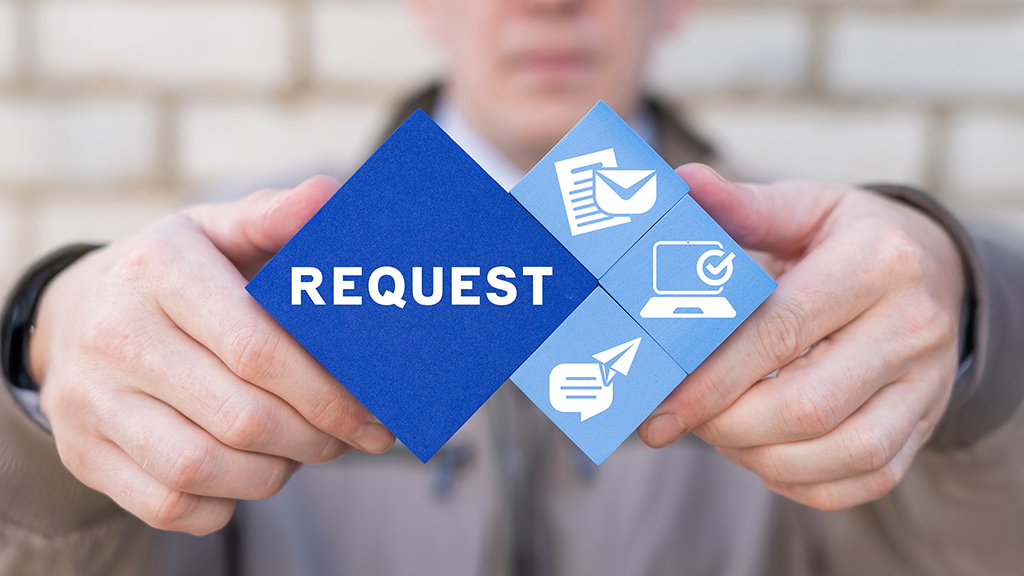Automating accounts receivable processes would allow your teams to effectively cut down the time spent on, and the costs associated with registering customers through lengthy email correspondence, distributing invoices manually, answering customer inquiries, and sending and tracking invoices. The time saved by the teams can then be used to concentrate on strategic goals and other value-adding tasks.
Automation can collect payments faster as it reduces the dependency on humans to mail invoices and conduct regular follow-ups with clients.
Therefore, as you streamline your accounts receivable process through automation, you will not just save time doing recurring tasks and reduce human error, but you can also decrease your DOS (Day Sales Outstanding), adding numerous cashflow benefits to your business.
Here is a guide with five best automation practices you need to implement to improve your accounts receivable process.
Offer customers their preferred payment methods
Following up with customers who have pending payments can be a cumbersome task. This is because when it comes to making payments, different clients have different SOPs that need to be met before the payment can be processed. Some companies need a digital invoice to release payment. Some organizations require you to attach a purchase order to the invoice before they can process a payment.
Multiple requirements by the customers mean that your teams must engage in long email threads with multiple attachments to make sure that the documents required are delivered on time. Automation software can help your teams create automated workflows through which documentation requests can be generated automatically and attachments can be sent to the customers without unnecessary delays.
Streamline customer enrollment
Through automation, your customer enrollment process can also be streamlined as you can create an easy-to-navigate customer registration portal. The customers can then be prompted to digitally enter their data on their own, without having to spend time chasing after them for information. The customer portal app will have custom forms that clients can fill in at their convenience. Once filled, the data acquired will be sent to the main database for processing. This will save the time of customers as well as your business staff.












